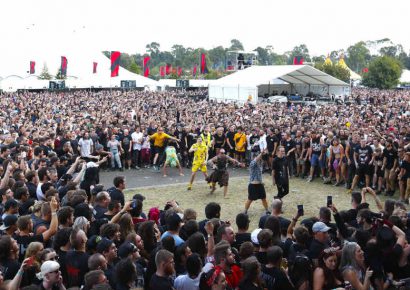4/4 is the most common time signature and can be heard everywhere in jazz, rock and popular music. On the other hand, 3/4 is another time signature you might be familiar with but haven’t really considered as odd due to its accessibility. 3/4 can be heard in the dance known as a waltz and is typically an easier odd signature to wrap your head around than 5 and 7 etc.
Figure A takes the first eight bars from the Jazz standard ‘Someday My Prince Will Come’.
Try playing one note per bar (dotted minims) as a start using just root notes to get your ear around the progression (Figure B).
Next you might want to create some more movement. Figure C highlights one common rhythmic option to increase the forward feeling from one bar to the next.
One thing to note is the ‘swing’ feel often associated with this tune. When we’re playing dotted minims or dotted crotchets, we can’t ‘swing’ the rhythm as the notes are even. For the purpose of practising, try using a metronome or drum loop set to a swing feel in 3/4 and compare Figure B to Figure C.
Let’s try Figure D for another option. This combines minims and crotchets to add some bounce and also introduces more chord tones. Bar 1 uses root and fifth, Bar 2 uses the third of D7 (F#), while Bar 3 walks from Eb to F to G in Bar 4. Bar 5 utilises the minim and crotchet idea sticking to the root note before playing root and fifth in Bar 6. Finally we get root, fifth and then the root of F7 as a dotted minim to finish.
3/4 is a great starting point for odd time signatures. You’ll hear it used in pop and rock (along with 6/8, which we’ll touch on in a future column) and definitely has a sound and feel to it. Metronomes, backing tracks and drum loops are all great practice tools for locking in. Get as crazy as you like and try moving around the entire fretboard as well as mixing up rhythms.











